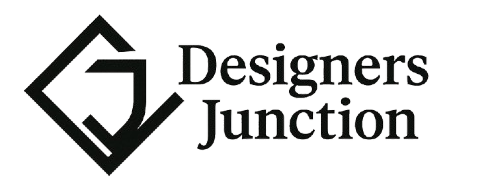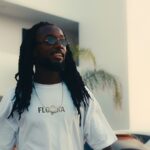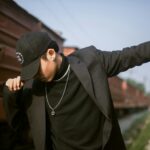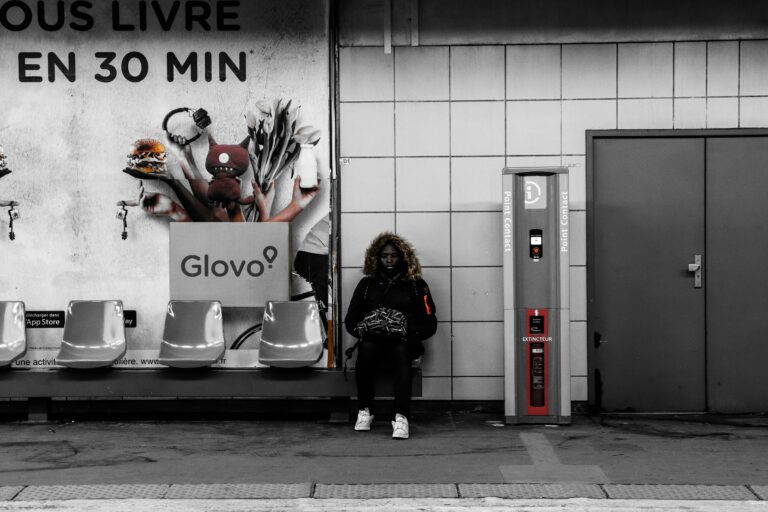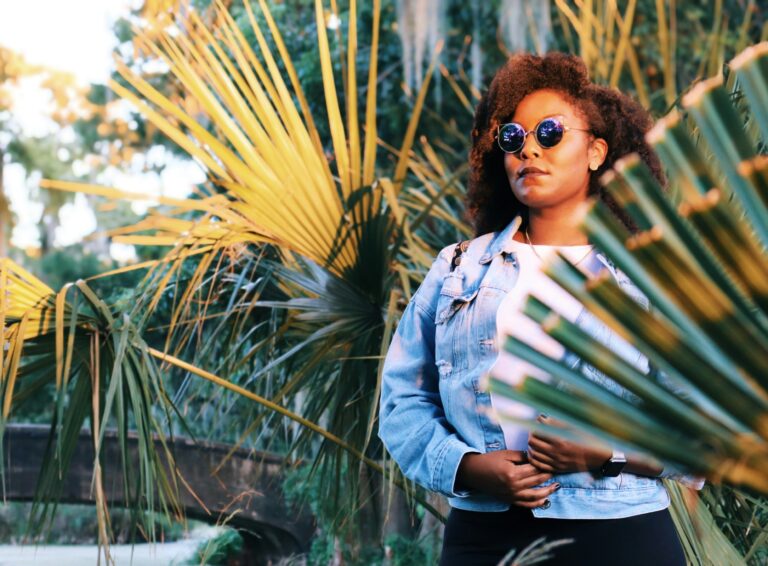Learn what an art director does, explore creative director responsibilities, key art direction skills, and the work environments for creative art directors.
What Does an Art Director Do? Skills, Work Environment & Responsibilities Explained

If you’re pursuing a career in visual storytelling or creative leadership, understanding the role of an art director—and how it differs from a creative art director—is essential.
In this guide, we’ll explore:
- What an art director does
- Core creative director responsibilities
- Key art direction skills you’ll need to succeed
- The typical work environment of an art director
- How the creative art director bridges vision and execution
Contents
- 1 What Is an Art Director?
- 2 Creative Director Responsibilities
- 3 What Does a Creative Art Director Do?
- 4 Top Art Direction Skills to Master
- 5 Art Director Work Environment
- 6 How to Become an Art Director or Creative Art Director
- 7 FAQ: Art Direction & Creative Direction
- 8 Final Thoughts: Why Art Direction Matters
What Is an Art Director?
Art Director Definition: A creative leader responsible for the visual style and imagery of campaigns, films, branding, or editorial projects.
The art director takes a concept or brief—often from a creative director—and translates it into visuals that align with a brand’s message and tone.
Creative Director Responsibilities
A creative director sets the big-picture vision. They lead storytelling and messaging across visual and written platforms. Their responsibilities often include:
Key Creative Director Responsibilities:
- Developing overall brand or campaign vision
- Leading cross-functional creative teams
- Approving visuals, layouts, scripts, or campaigns
- Collaborating with clients or senior stakeholders
- Ensuring brand consistency across platforms
- Forecasting trends and guiding tone of voice
- Managing budgets, timelines, and talent
🔍 Creative directors are strategic visionaries. They don’t design—they direct.
What Does a Creative Art Director Do?
A creative art director is a hybrid role, especially common in fashion, editorial, or boutique agencies.
They combine the conceptual thinking of a creative director with the executional detail of an art director.
A Creative Art Director Might:
- Develop a campaign concept and visual tone
- Create or review moodboards and layout mockups
- Direct on-set styling, lighting, and photo composition
- Guide designers and visual artists in execution
- Maintain brand storytelling through visuals
✨ Think of a creative art director as the “on-the-ground” visionary—crafting both the concept and its execution.
Top Art Direction Skills to Master
Whether you’re applying to be an art director or creative art director, these skills are essential:
Core Art Direction Skills:
Visual & Technical Skills:
- Advanced understanding of layout, typography, and color theory
- Proficiency in Adobe Creative Suite (Photoshop, Illustrator, InDesign)
- Photography and styling direction
- Motion graphics or video knowledge (bonus)
Conceptual Skills:
- Moodboarding and concept ideation
- Visual storytelling
- Brand alignment and style consistency
Soft Skills:
- Team leadership and communication
- Articulating feedback with clarity
- Creative problem-solving
- Time and resource management
🎯 The most successful art directors balance creative instinct with strong leadership and communication skills.
Art Director Work Environment
The art director’s work environment varies based on industry, but common themes include fast-paced, collaborative, and highly visual settings.
Common Workplaces:
| Environment | Example |
|---|---|
| Ad Agencies | Leading campaign design alongside copywriters |
| Fashion Houses | Directing photoshoots, lookbooks, or runway visuals |
| Film/TV Studios | Managing set aesthetics under the production designer |
| Publishing | Designing magazine layouts, cover art, editorial spreads |
| In-House Brands | Overseeing brand visuals, packaging, marketing assets |
| Freelance or Studio | Project-based work for clients across industries |
🛠️ Expect long hours during campaigns or launches, especially in film, fashion, and advertising.
How to Become an Art Director or Creative Art Director
Here’s a simplified roadmap:
- Education
- Most start with a degree in Graphic Design, Fine Arts, Visual Communication, or Media Arts
- Some creative directors begin in copywriting, photography, or fashion styling
- Portfolio Building
- Create 4–6 case studies with conceptual and executional work
- Highlight art direction, layout design, campaign visuals, or editorial styling
- Career Path
- Designer → Senior Designer → Art Director → Senior AD / Creative Art Director
- With experience, step into Creative Director or Executive Creative Director roles
FAQ: Art Direction & Creative Direction
Is art director the same as creative director?
No. A creative director leads the overall concept and messaging; an art director leads the visual execution.
What are must-have skills for an art director?
Strong design foundation, leadership, visual storytelling, software fluency (Adobe Suite), and an eye for aesthetics.
Where do creative art directors work?
Often in fashion brands, advertising agencies, magazines, creative studios, or content production houses.
Final Thoughts: Why Art Direction Matters
From high-fashion lookbooks to award-winning ad campaigns, every great creative outcome begins with strong art direction.
And whether you’re an aspiring creative art director or someone exploring creative director responsibilities, remember:
💡 Vision gets you noticed. Execution gets you remembered.
Build both—and you’ll shape the future of creative industries.
Art Director & Creative Art Director – FAQs with Answers
Definitions & Roles
1. What does a creative art director do?
A creative art director combines conceptual vision with visual execution, overseeing both the idea development and the detailed design process. They often work at the intersection of storytelling, branding, and design leadership.
2. What is the difference between an art director and a creative director?
An art director focuses on executing visual strategies, while a creative director oversees the entire creative vision, including messaging, tone, and multi-channel storytelling.
3. Is “creative art director” an official title?
Yes. It’s commonly used in fashion, media, and boutique agencies where the role involves both creative leadership and hands-on visual guidance.
4. What does an art director typically do?
They lead design teams, direct photography, oversee visuals in campaigns, and ensure the final output aligns with the brand’s aesthetic.
5. What industries hire creative art directors?
- Fashion
- Advertising
- Film/TV production
- Magazines & publishing
- Tech & startups
- E-commerce & branding studios
Responsibilities
6. What are the core responsibilities of an art director?
- Develop visual concepts
- Direct creative teams
- Approve designs and layouts
- Collaborate with copywriters and stylists
- Supervise photo/video shoots
- Maintain brand consistency
7. What are the main responsibilities of a creative director?
- Define brand vision and tone
- Lead multi-disciplinary creative teams
- Approve high-level concepts and campaigns
- Align storytelling across platforms
- Present ideas to stakeholders and clients
8. How does a creative art director lead a project?
They oversee the concept-to-execution pipeline—from ideation and visual strategy to approving final designs and guiding team collaboration.
9. Do creative art directors manage teams?
Yes. They typically lead designers, illustrators, photographers, motion artists, and other creatives within a team.
10. Who reports to an art director?
- Junior and senior designers
- Retouchers
- Stylists (in fashion projects)
- Production assistants
- Visual researchers
Skills Needed
11. What are essential skills for art direction?
- Visual storytelling
- Typography and layout
- Composition and color theory
- Design software (Adobe Creative Suite, Figma)
- Team management
- Attention to detail
12. What soft skills should an art director have?
- Clear communication
- Leadership and delegation
- Time and project management
- Emotional intelligence
- Creative problem-solving
13. What skills make a creative director successful?
- Brand strategy
- Creative vision and taste
- Team building
- Presentation and pitch skills
- Trend forecasting
- Cross-platform thinking
14. Do creative art directors need to know photography or styling?
They often collaborate with photographers and stylists and should understand those domains, even if they don’t execute them directly.
15. Are digital skills important for modern art directors?
Absolutely. Familiarity with UX/UI, motion graphics, video editing, and digital campaign strategy is increasingly expected.
Work Environment & Culture
16. What is the work environment of an art director like?
It’s fast-paced and collaborative, often juggling multiple projects across teams. Art directors spend time in studios, agencies, or on set during shoots.
17. Do art directors work remotely?
Yes. Many now work in hybrid or remote roles, especially in digital-first brands, though shoots and live productions still require in-person presence.
18. What’s it like to be a creative art director in fashion?
You lead campaign visuals, collection storytelling, casting, set design, and styling direction, working closely with designers and brand managers.
19. Is the creative director role high pressure?
Yes. It involves making key visual decisions, meeting deadlines, managing teams, and constantly delivering fresh, effective ideas.
20. How do creative art directors stay inspired?
They follow art, fashion, film, architecture, social trends, and collaborate across disciplines to stay culturally aware and creatively relevant.
Career Path & Progression
21. How do you become an art director?
Start as a designer or visual assistant, build a strong portfolio, gain leadership experience, and transition into directing design projects or campaigns.
22. Can you go from art director to creative director?
Yes. With time, experience, and vision, many art directors move up to become creative directors or executive creative directors (ECDs).
23. What is the typical career path to creative art director?
- Designer or Junior AD →
- Art Director →
- Creative Art Director →
- Creative Director or Brand Director
24. Is freelancing common for art directors?
Yes. Many art directors work freelance, especially in fashion, publishing, music, and branding, offering creative services on a project basis.
25. Do art directors need formal education?
Most have a Bachelor’s in Design, Visual Arts, Advertising, or Communication, but experience and portfolio strength matter more.
Trends & Future of Creative Art Direction
26. What trends are shaping art direction in 2025?
- AI-assisted design tools
- 3D & motion-first campaigns
- Digital fashion & AR
- Visual storytelling for social commerce
- Ethical & inclusive aesthetics
27. Is the role of creative art director evolving?
Yes. They now bridge creative strategy, brand management, and content innovation, often overlapping with marketing and tech.
28. Are art direction skills still relevant in the AI era?
More than ever. While AI can generate visuals, the curation, emotion, and vision behind art direction remain deeply human.
29. Do art directors need to understand branding?
Absolutely. They must visually express a brand’s identity, values, and emotion across all touchpoints.
30. What makes a creative art director truly stand out?
The ability to elevate ideas into unforgettable visuals
A distinct visual point of view
Fluency in culture and trends
Leadership and collaboration
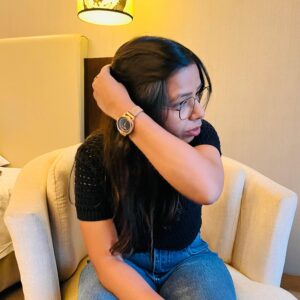
Shikha Singh
Keep in touch with our news & offers
Subscribe to Our Newsletter
Thank you for subscribing to the newsletter.
Oops. Something went wrong. Please try again later.
